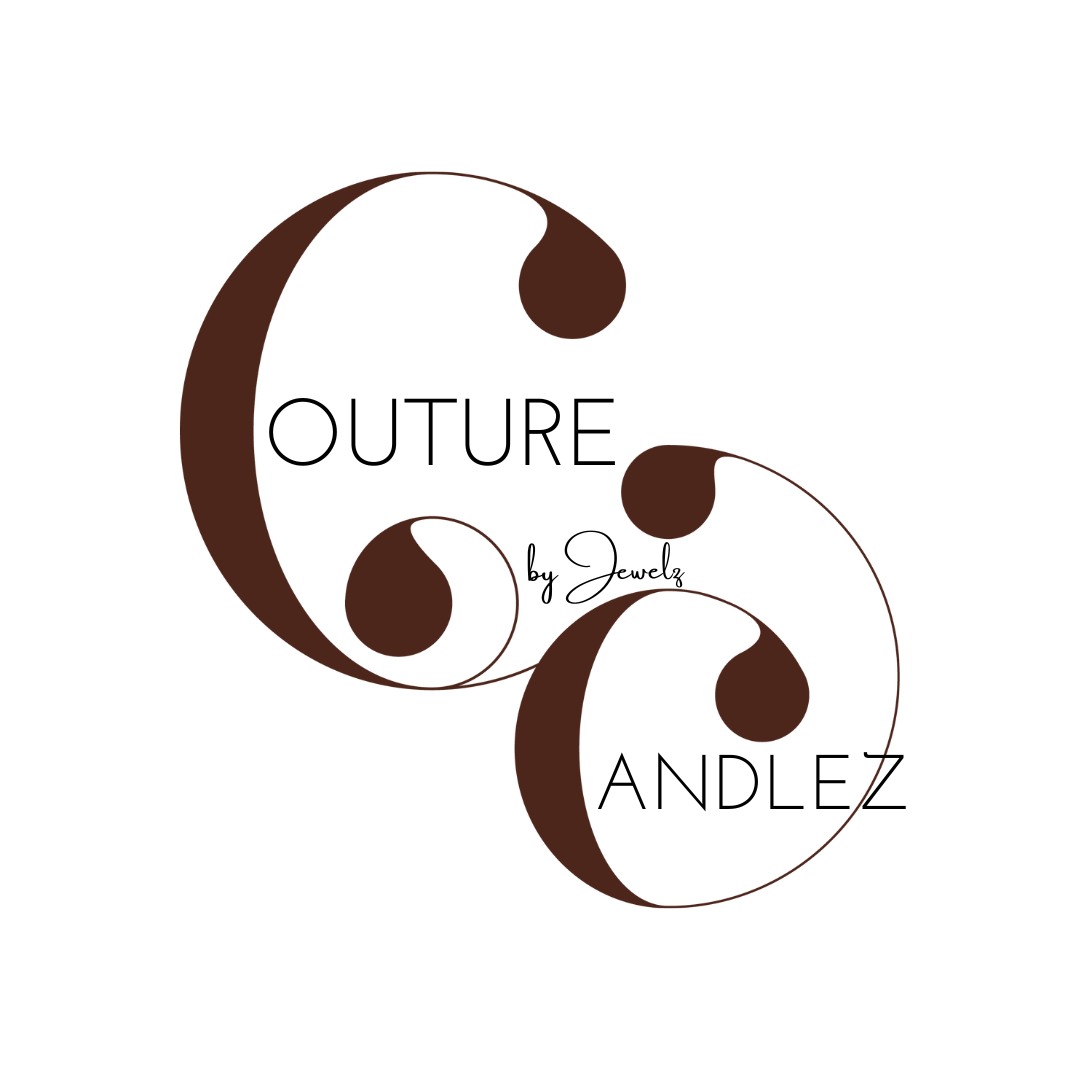Candle Care, Tips & FAQs
~ JEWELZ CANDLE CARE & SAFETY TIPS ~
1) DO NOT burn candles on or near anything that can catch on fire. Only burn candles on STABLE, HEAT-RESISTANT surfaces!
2) DO NOT burn candles for more than 4 HOURS at a time & cool at least 2 HOURS before relighting!
3) KEEP burning candles OUT & AWAY from drafts, vents, and air currents. Only burn candles in a well-ventilated room!
4) When wax reaches 1/4 inches from the bottom, DO NOT burn candles anymore!
5) DO NOT TOUCH or MOVE candles while they are burning and NEVER leave burning candles unattended!
6) Before burning and relighting candles, KEEP candle wicks TRIMMED TO 1/4 INCHES each time!
7) NEVER use water to extinguish a candle. Use a candle snuffer or carefully cover candle with the lid!
8) KEEP burning candles AWAY FROM area accessible to children and pets!
CANDLE QUESTIONS & ANSWERS (Q & A)
Q: Do candles have memory?
Absolutely! When you burn a container candle for the first time, it remembers how far across the surface it melted. For best results let the entire surface liquefy before extinguishing. No one likes candle "hang up" (the wax left on the sides of the jar).
Q: Are candles made with paraffin wax safe?
Validated scientific studies have shown that all major candle waxes exhibit the same basic burn behavior and produce virtually identical combustion byproducts, both in terms of composition and amount. To date, no peer-reviewed scientific study has ever collected or analyzed any emissions data on any candle wax, including petroleum-based paraffin, and proven them to be harmful to human health.
Q: Are scented candles safe?
Consumers can be confident that a well-made and properly burned candle, whether scented or unscented, will burn cleanly and safely. Although there are no known health hazards associated with the use of scented candles, unfounded concerns about the safety of man-made fragrances vs. “natural” fragrance materials and essential oils continue to populate the media. The fragrances approved for candle usage, such as the ones we use – whether synthesized or “natural” – do not release toxic chemicals.
Q: Are scented candles triggers for asthma or allergies?
Although millions of Americans regularly use scented candles without any negative effects, it is always possible that a particular fragrance might trigger a negative reaction in a very small percentage of sensitive individuals. Individuals with known sensitivities to specific fragrances may want to avoid candles of those scents. In addition, consumers should remember to burn all candles, whether scented or unscented, in a well-ventilated area.
Q: Why should I trim my candle wicks?
You must trim the wick of a candle to 1/4" before lighting to prevent soot from forming when the flame encounters a draft. The mushroom that forms after a candle is burned does not give you more fragrance in the room. You are literally dealing with fire and fire produces smoke! If you trim your wick, you will not have this problem.
Q: What's all of this black stuff on my candle container?
The black stuff you see is called "soot". Candle soot is composed primarily of elemental carbon particles, and is similar to the soot given off by kitchen toasters and cooking oils. These everyday household sources of soot are not considered a health concern, and are chemically different from the soot formed by the burning of diesel fuel, coal, gasoline, etc. The oils found in certain fragrances may slightly increase the small amount of soot produced by a candle, but wick length and flame disturbance are the primary factors that impact sooting in a properly-formulated candle. Consumers often incorrectly believe their candles are sooting because of the wax type, fragrance, colorants or additives used in the candle’s formulation, but sooting is primarily due to flame and combustion disturbances. Any candle will soot if the flame is disturbed.
The production of candle soot can also be minimized in the following ways: Trim the wick to ¼ inch before every use to promote proper flame height, place the candle away from drafty areas to avoid flame flickering, and ensure that the wax pool is free of debris.
Q: What causes a candle to smoke, and what can I do to correct it?
A well-made candle will create virtually no smoke when burning properly. If the wick becomes too long, or an air current disturbs the flame’s teardrop shape, small amounts of unburned carbon particles (soot) will escape from the flame as a visible wisp of smoke. To avoid this, always trim the wick to ¼ inch before every use and be sure to place candles away from drafts, vents or air currents. If a candle continually flickers or smokes, it is not burning properly and should be extinguished. Allow the candle to cool, trim the wick, make sure the area is draft free, then re-light.
Q: Can candles burn the surface I place them on?
Container candles do get hot so you always want to put candles on a heat resistant surface. I've seen scorched tables, and melted TV tops, all from a candle that sat there a little too long.
Q: How long should I burn my candle?
Maximum burn times vary from candle to candle, so it is important to follow the manufacturer’s instructions. Our candle instructions are no more than 4 hours. Always extinguish a candle if the flame gets too close to the candle holder or container. For a margin of safety, discontinue burning a candle when 2 inches of wax remains (½ inch if a container candle or jar candle).
All questions and inquiries about candle safety and tips can be sent to info@couturecandlez.com. FAQs are based on information shared by the official National Candle Association (NCA).
